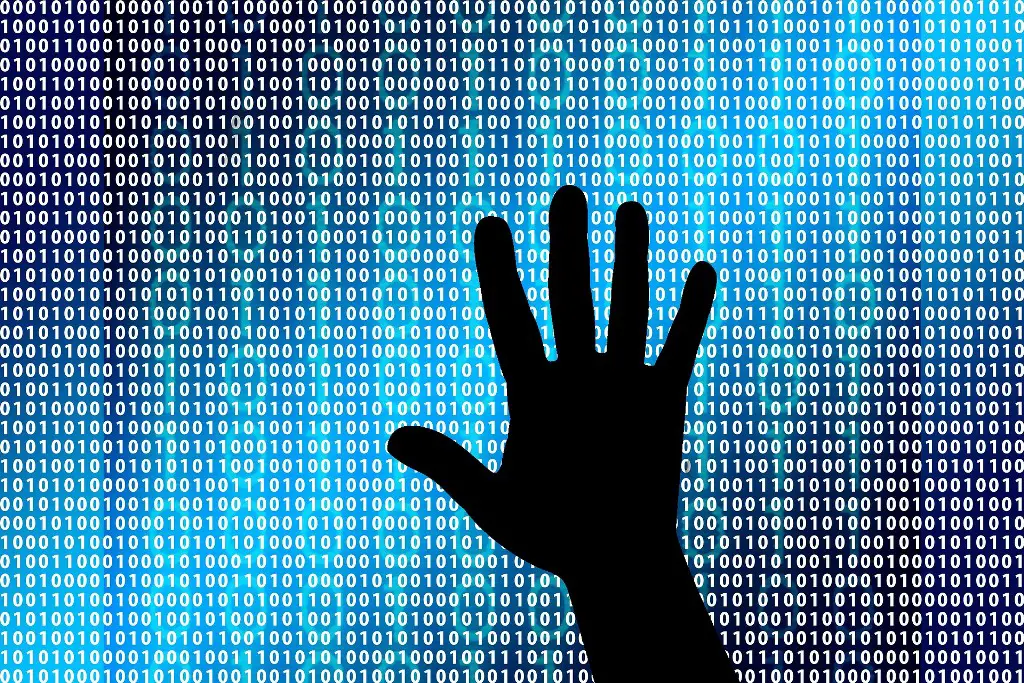For years, technology enthusiasts have used tools such as extreme injector to create DLL libraries to carry out specific jobs or processes. The main purpose of these types of libraries is to hijack the software it is being used on. Many gamers who want a competitive edge use these DLL injection tools to alter certain parts of the game to make it easier to win. If you are a software or game developer, you need to find ways to avoid DLL hijacking and the problems it can cause.
While this may sound like a relatively easy process, it is anything but. The tools that hackers use to infiltrate software and wreak havoc changes constantly. This is why you have to stay on the cutting edge of technology when trying to keep your games and software safe and functional. Below are some things you can do to keep your software safe from DLL hijacking.

Understand Phantom DLL Hijacking
Cyber attacks cost the global economy more than $600 billion a year. The key component of preventing any type of digital attack is to educate yourself. The more you know about the methods used by hackers to bring a piece of software to its knees, the easier it will be to secure your own software. If you use a number of legacy systems on your personal computer, you are vulnerable to phantom DLL hijacking.
This hijacking method takes control of rarely used DLLs in a Windows-based startup application. These attacks generally involve labeling the malicious DLL as something similar to one of your legacy application libraries. The malicious DLL library is then put into the relevant search path, which means the application will find it. The best way to avoid these types of attacks is by creating absolute paths for your DLLs. These paths will have to be featured in your software’s code.
Firewalls and Intrusion Detection Systems

Whether you are the developer of a piece of software or just a loyal user, it is your responsibility to create a secure environment for your technology. Having the right digital security tools in place can help you keep your software and sensitive information protected. Making sure your firewall is updated and functional is also very important. Most OS manufacturers such as Windows provide firewalls that are fairly strong. Do not ignore routine software updates to your OS, as you will become vulnerable to DLL hijacking and a host of other issues.
You also need to invest in a comprehensive and easy-to-operate intrusion detection program. With this tool, you can identify unfamiliar networks and hosts attempting to gain access to your information. These systems also provide you with the ability to control access to parts of your network. Many modern intrusion detection programs also have the capability to monitor network traffic and provide helpful analytics.
With these analytics, you can get a breakdown of who is accessing your network and the software on it. Finding and implementing tools to prevent DLL hijacking will not always be easy. If you have limited knowledge of cybersecurity, then reaching out to IT professionals for assistance is crucial. These professionals will help you find, implement and maintain new security technologies. They can also monitor your network so you can detect hacking attempts early on.
Don’t Let Your Guard Down
Failing to realize the threat of DLL hijacking can come back to haunt you. With a little knowledge and prevention, you can put the right security tools in place and protect your software. Allowing IT professionals to help you with your network and software security is the best way to avoid mistakes.
The post How to Keep Your Software Safe From DLL Hijacking appeared first on The Crazy Programmer.
from The Crazy Programmer https://ift.tt/3paruDr
Comments
Post a Comment